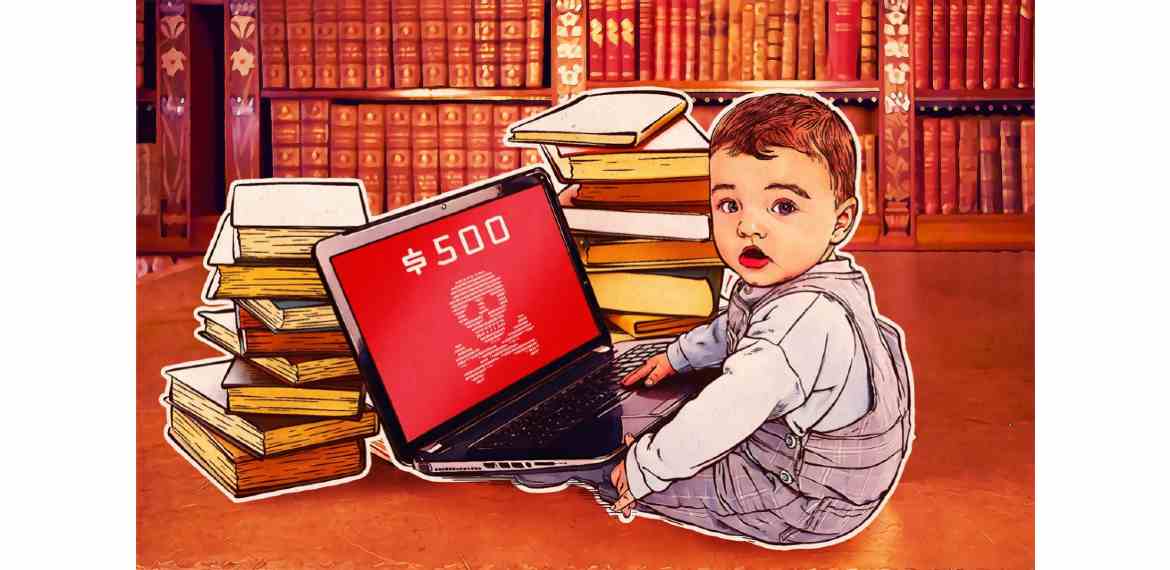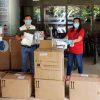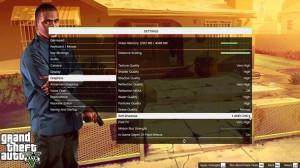Over three years after the infamous Wannacry ransomware, its costly aftermath still remains a vivid glimpse on the damage cybercriminals can do by kidnapping companies’ essential data. This threat is undoubtedly present as just this month, operations of an automobile giant were halted in several parts of the world after a successful attack by another ransomware dubbed as SNAKE (also known as EKANS).
Kaspersky’s latest statistics for small and medium businesses (SMBs) in Southeast Asia (SEA) show the same story. In the first three months of the year, the global cybersecurity company’s solutions have blocked a total of 269,204 ransomware attempts against businesses in the region with a total of 20-250 employees.
|
Country |
Q1 2020 |
Q1 2019 |
||
|
Detections |
Global ranking |
Detections |
Global ranking |
|
|
Indonesia |
131,944 |
7 |
520,146 |
6 |
|
Malaysia |
4,953 |
35 |
33,868 |
29 |
|
Philippines |
7,211 |
26 |
9,550 |
41 |
|
Singapura |
145 |
91 |
2,105 |
65 |
|
Thailand |
47,014 |
16 |
88,811 |
25 |
|
Vietnam |
77,937 |
14 |
217,750 |
8 |
Number of ransomware attempts against SMBs blocked by Kaspersky solutions and the country’s ranking based on the share of users almost infected with this malware
“Globally, we can say that ransomware has reached its peak years ago. It has gradually decreased in number, however, it is fast becoming business-centric. Based on our latest research, one-in-three ransomware attacks are now targeting business users. So while the total number of ransomware attempts detected in the region is 69% lower compared with the same period last year, the risks of SMBs and enterprises losing their data and their cash because of this threat is still ever-present. The good news is that there are effective ways to protect SMB’s much-needed cash flow from becoming payment to get their kidnapped data back,” says Yeo Siang Tiong, general manager for Southeast Asia at Kaspersky.
As more economies in Southeast Asia re-open after different forms of lockdown, Kaspersky’s experts have several important and useful tips for restarting business safe from the ransomware threat.
An example of a ransomware message
BEFORE A RANSOMWARE ATTACK
Back-up, back-up, back-up
Always have fresh back-up copies of your files so you can replace them in case they are lost (e.g. due to malware or a broken device) and store them not only on the physical object but also in cloud storage for greater reliability. Make sure you can quickly access them in an emergency when needed.
CONTINUE READING…












